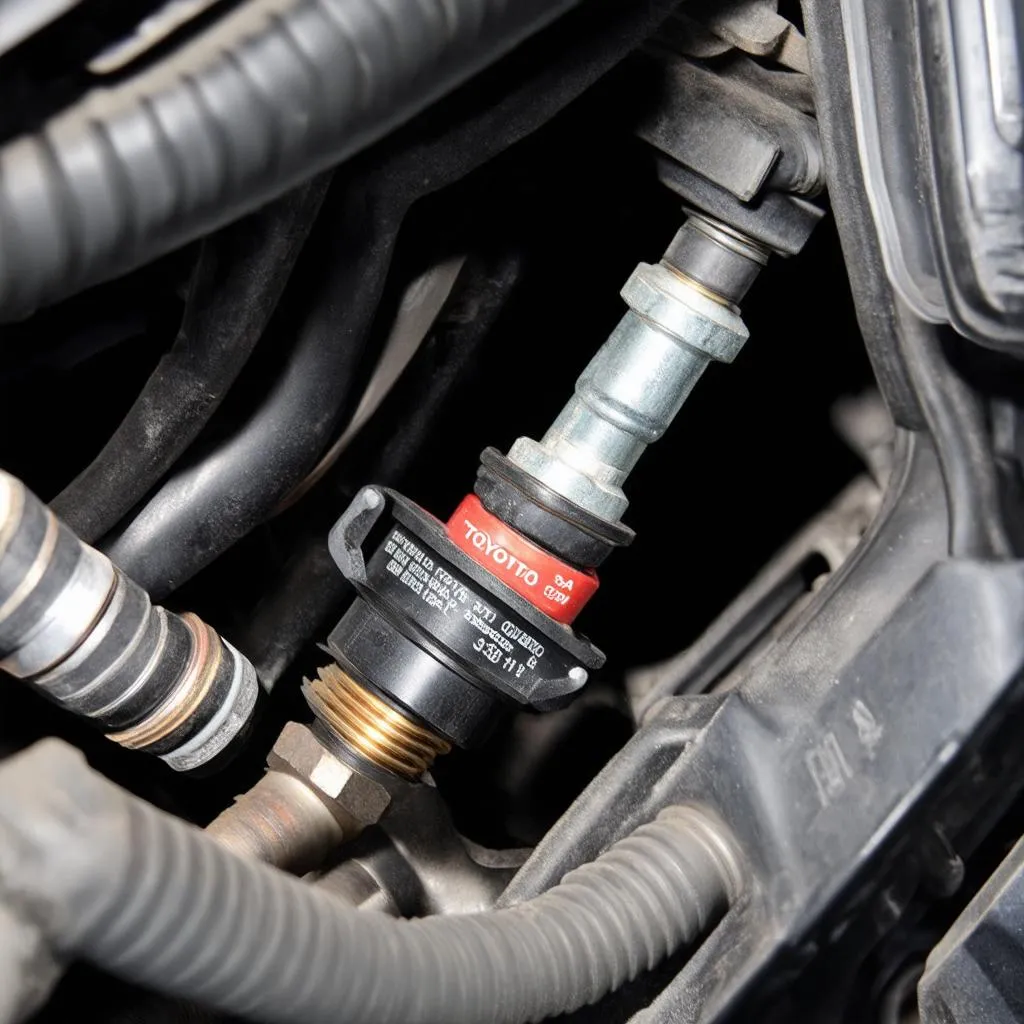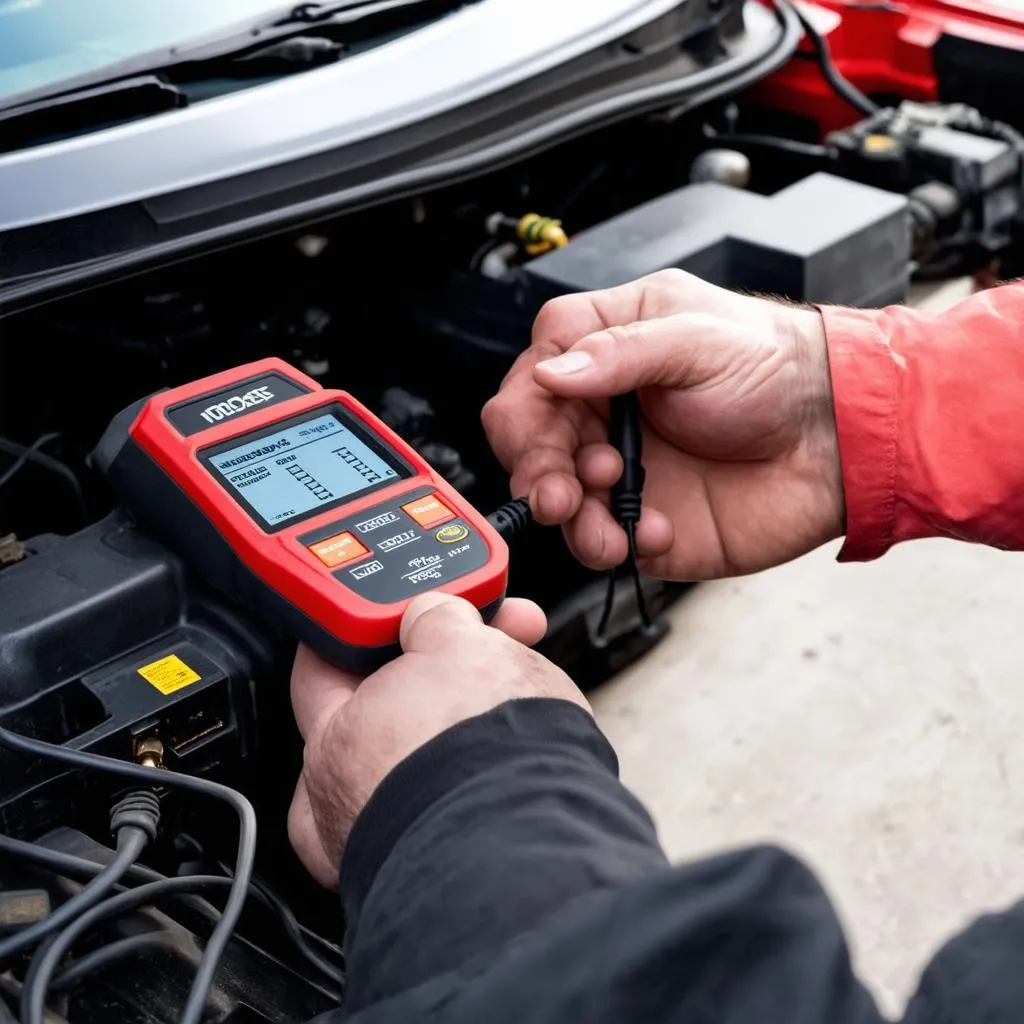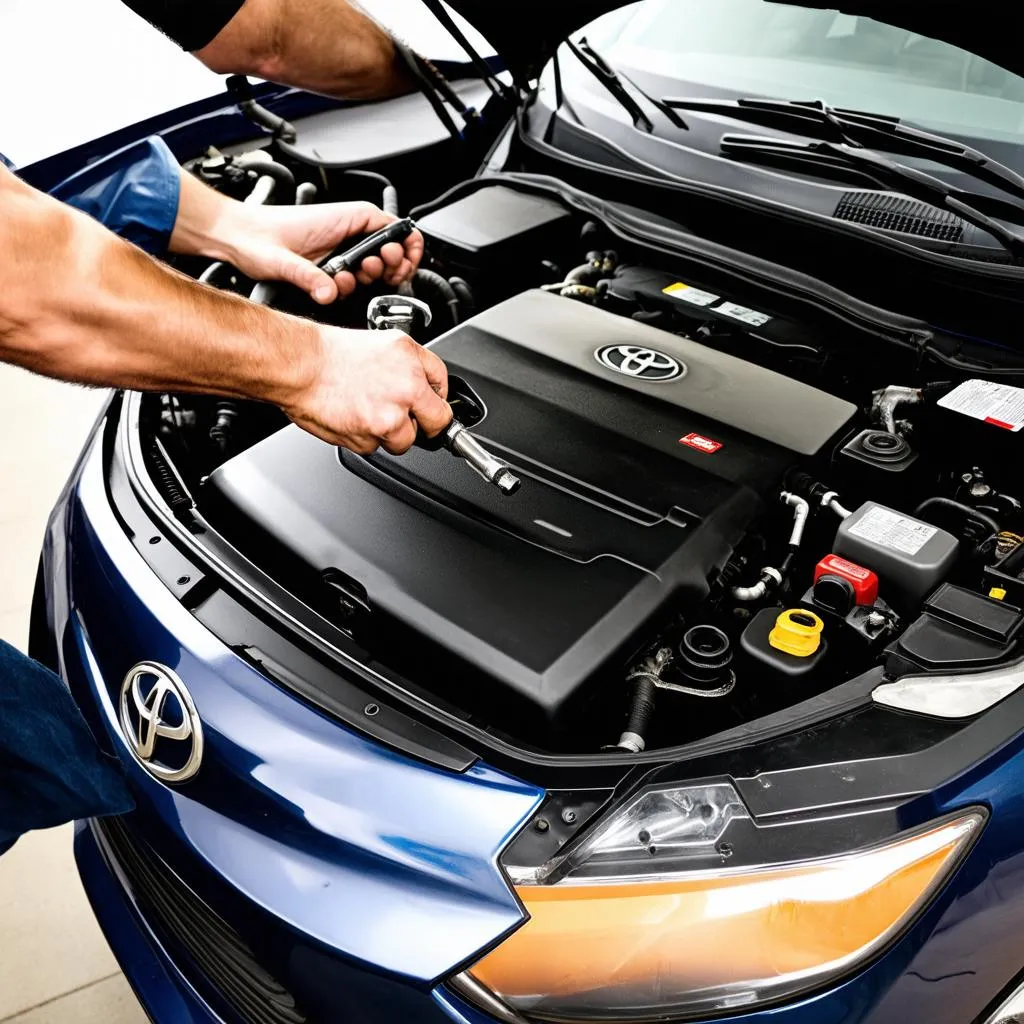Have you ever felt like your car was trying to tell you something? It might sound crazy, but cars can actually communicate with us through codes, and sometimes these codes can be a bit cryptic. One common code that can appear on a 2009 Toyota Corolla is P0135. It’s like a secret message from your car saying, “Hey, there’s something wrong with my oxygen sensor!” But don’t worry, we’ll decode this message and help you get back on the road.
What Does P0135 Mean?
P0135 is a diagnostic trouble code (DTC) that indicates a problem with the oxygen sensor in the bank 1 sensor 1 position. In simpler terms, this means the sensor responsible for monitoring the oxygen levels in the exhaust gas from the first cylinder bank isn’t working as it should.
Imagine your car’s engine as a hungry beast. To burn fuel effectively, it needs the right amount of air. This oxygen sensor acts like a taste bud, telling the engine’s computer if the fuel mixture is too rich (too much fuel) or too lean (not enough fuel). This feedback loop helps the engine optimize its performance and fuel efficiency.
Why Does P0135 Occur?
There are several reasons why this code might appear, each with its own unique set of symptoms.
Common Causes of P0135:
- Faulty Oxygen Sensor: This is the most common culprit. The sensor itself might be damaged or have worn out over time.
- Wiring Issues: A loose connection, broken wire, or short circuit in the wiring leading to the oxygen sensor can disrupt its communication with the engine control unit (ECU).
- Exhaust Leak: If there’s a leak in the exhaust system before the sensor, it can create inaccurate readings, causing the code to trigger.
- Catalytic Converter Issues: A clogged or damaged catalytic converter can also affect the oxygen sensor’s readings, leading to the P0135 code.
- Fuel System Problems: A faulty fuel injector or a problem with the fuel pressure regulator can also contribute to a rich or lean fuel mixture, causing the oxygen sensor to malfunction.
Symptoms of P0135:
The most noticeable symptom of a P0135 code is a check engine light illuminating on your dashboard. The car’s performance might also be affected, with symptoms like:
- Reduced Fuel Efficiency: The engine’s inability to properly adjust the fuel mixture can lead to decreased fuel economy.
- Rough Idle: The engine may run unevenly, especially at idle.
- Hesitation or Stuttering: The car may hesitate or stumble during acceleration.
- Black Smoke from the Exhaust: A rich fuel mixture can cause black smoke to come out of the exhaust pipe.
- Increased Emissions: If the engine isn’t running efficiently, it can produce higher levels of harmful emissions.
Diagnosing the P0135 Code
To diagnose the issue, a mechanic will typically use a diagnostic scanner to read the code and identify any related data. They will then examine the oxygen sensor, wiring, and exhaust system for any visible problems. They might also perform a smoke test to check for exhaust leaks and a fuel pressure test to assess the fuel system.
How to Fix P0135
The solution for the P0135 code will depend on the root cause.
Common Fixes:
- Replace the Oxygen Sensor: If the sensor itself is faulty, it will need to be replaced. This is a relatively simple repair that most mechanics can perform.
- Repair or Replace Wiring: Any damaged or faulty wiring leading to the oxygen sensor must be repaired or replaced.
- Fix Exhaust Leak: A leak in the exhaust system should be repaired promptly.
- Inspect Catalytic Converter: If the catalytic converter is damaged or clogged, it may need to be replaced.
Additional Tips:
- Use High-Quality Oxygen Sensors: It’s important to use high-quality oxygen sensors from a reputable manufacturer to ensure they function properly and last longer.
- Regular Maintenance: Regularly scheduled maintenance, including oil changes and inspections, can help prevent problems with the oxygen sensor and other parts of the exhaust system.
Frequently Asked Questions about P0135:
Q: Is it dangerous to drive with a P0135 code?
A: While driving with a P0135 code won’t necessarily make your car unsafe, it can affect fuel efficiency, engine performance, and increase emissions. It’s best to address the issue as soon as possible.
Q: Can I clear the P0135 code myself?
A: You can clear the code using a diagnostic scanner, but this won’t solve the underlying problem. The code will likely return if the issue isn’t addressed.
Q: How much does it cost to fix P0135?
A: The cost of repair can vary depending on the cause and the specific part(s) that need to be replaced. Replacing the oxygen sensor itself is a relatively affordable repair, while replacing a catalytic converter can be more expensive.
Conclusion
The P0135 code is a common issue that can affect any 2009 Toyota Corolla. While it can be a bit daunting to receive this code, understanding the cause and taking the right steps to fix it can ensure your car continues to run smoothly and efficiently. Remember, a car is a complex machine, and its well-being depends on a delicate balance of parts working together in harmony.
If you’re experiencing this code or any other car trouble, don’t hesitate to reach out to our team of expert mechanics at techcarusa.com. We’re here to help you understand your car’s language and get it back in top shape.
 Toyota Corolla Oxygen Sensor
Toyota Corolla Oxygen Sensor
 OBD2 Scanner
OBD2 Scanner
 Toyota Corolla Repair
Toyota Corolla Repair
Need help with your 2009 Toyota Corolla P0135 code? We are available 24/7 to answer your questions and assist with diagnosis and repair. Contact us via Whatsapp: +84767531508